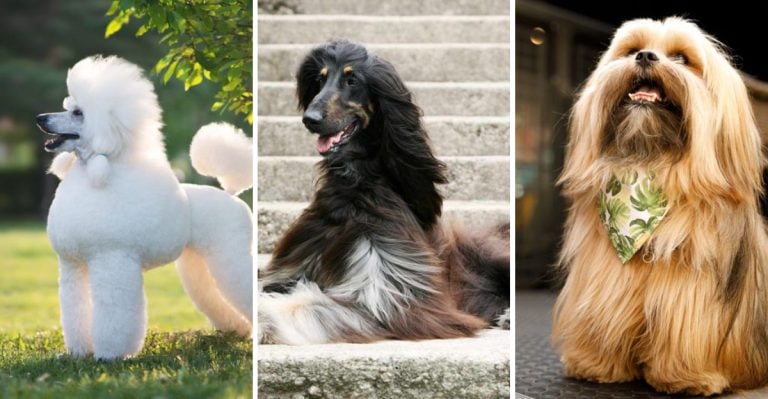15 Behaviors That Link Household Dogs Back To Wolves

Dogs might curl up on the couch or nibble from a bowl, but their instincts run deeper than daily comforts. Long ago, their ancestors lived as wolves, surviving by wit and instinct. That wolf ancestry quietly influences everyday moments in ways we don’t always notice. Let’s explore how these ancient behaviors still show up today.
Burying Food For Later

Leftover treats stashed in corners or holes in the yard may seem random, but the behavior runs deep. It reflects a survival instinct passed down through generations. Wolves buried parts of their prey to preserve resources, especially when food was scarce or competition threatened access to a future meal.
Circling Before Lying Down
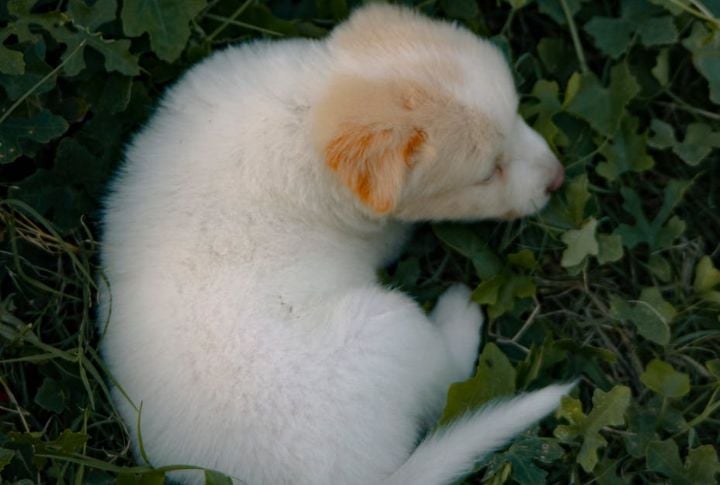
Dogs often spin a few times before lying down, even on a flat, soft surface. The action looks unnecessary indoors, but it isn’t random. That motion mimics what wolves once did to flatten grass or snow, creating a safer spot to rest in the wild.
Raised Hackles As A Warning
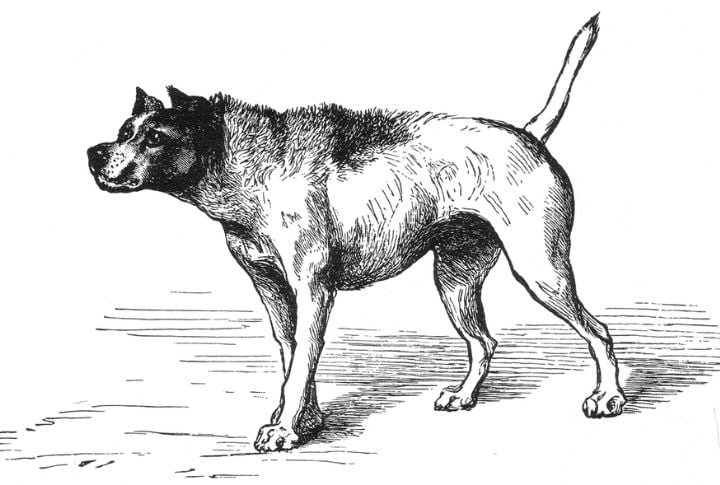
The fur along a dog’s spine can rise suddenly under tension. This reflex, called piloerection, also appears in wolves. It makes the animal appear larger in confrontational situations. Though your dog may not be in a fight, this reaction usually appears during moments of arousal or uncertainty.
Scent Marking To Claim Territory

Dogs communicate by leaving a scent behind, primarily through urine or gland secretions. Wolves use similar techniques to outline territory and warn off rivals. While house pets don’t need to defend turf, this instinct remains part of their routine, particularly as they explore or enter unfamiliar areas.
Howling For Long-distance Contact

That drawn-out howl isn’t just noise; it’s a signal meant to reach far and wide. Wolves use it to gather the pack or alert others to danger. Some dogs, especially northern breeds, may let out a howl in response to sirens or during long periods of isolation.
Prey-shake Reflex

Tug toys often take a beating because that rough shaking mimics how wolves quickly finish off small prey by breaking the neck. This reaction can be seen in household pets gripping a toy, rope, or sock and whipping it without hesitation.
Muzzle Nuzzling And Licking
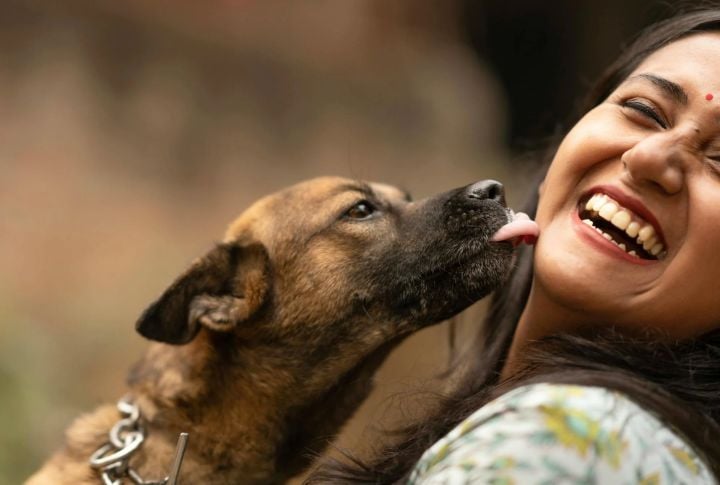
A quick lick near the mouth can mean more than affection. Some dogs use it to show trust or seek attention. It is reminiscent of wolf packs, where similar gestures help strengthen social ties and encourage feeding from older members during the early stages of life.
Pack-inspired Social Structure

Shared routines and social cues still influence how many dogs behave within a household. These tendencies don’t come from a need to dominate but from inherited patterns of cooperation. Among wolves, family-based packs depend on close bonds and coordinated efforts to survive as a unified group.
Resource Guarding Reflexes

Some dogs growl or stiffen when someone reaches for their toy or food. Such guarding behavior is part of an old survival reflex. In wolf packs, holding onto limited resources can determine whether an animal gets to eat or goes without. The same protective reaction can still appear at mealtime.
High-alert Senses

A sudden sound outside can bring a dog to attention fast. In those moments, heightened awareness isn’t overreacting—it’s rooted in survival. Since sharp hearing and quick responses help wolves avoid dangers, it makes sense that dogs retain that instinct, even if the trigger is simply a neighbor walking past.
Seasonal Shedding Patterns
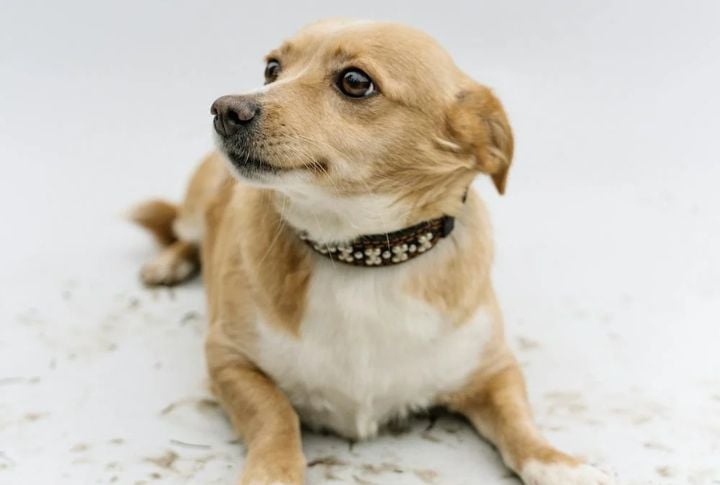
Heavy shedding during certain times of the year reflects a natural coat cycle. Typically, wolves shed their undercoat in spring to stay cool and grow them back for winter warmth. Many breeds with double coats still follow similar patterns today, and it’s less about comfort and more about inherited rhythm.
Carcass Rolling Instinct
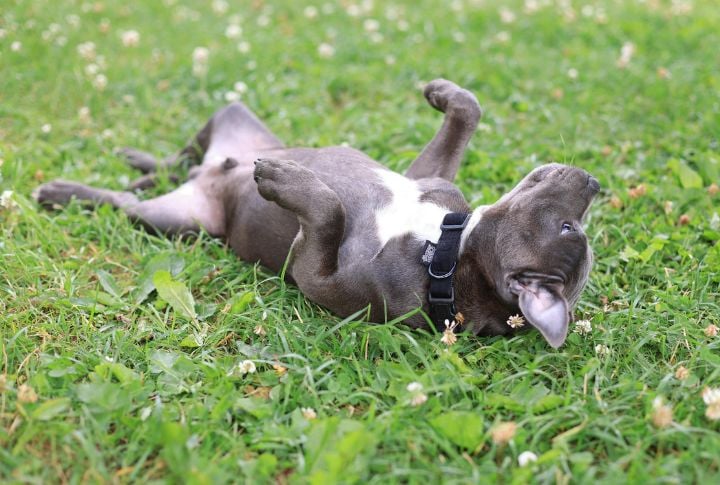
That urge to plunge into smelly grass or a mysterious patch of dirt isn’t just mischief. Some dogs still seek out strong odors and rub into them deeply. This trait echoes wolves, who rolled in scents to mask their presence or bring new smells back to the group.
Early Morning And Dusk Activity
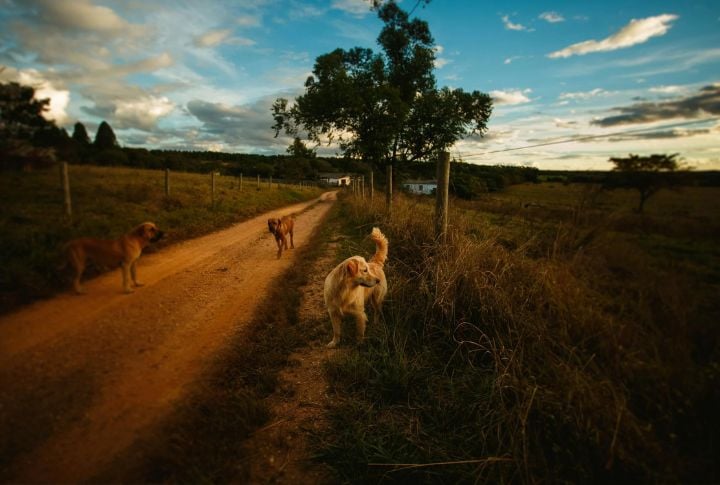
Many dogs perk up right after sunrise or start pacing just before nightfall. Those are prime hours for wolves to hunt or patrol when temperatures are cooler and prey is active. Such timing is hardwired into many domestic dogs, regardless of how comfortable their schedule at home is.
Chewing To Strengthen The Jaw

Gnawing on bones or toys isn’t just about fun. It taps into a need to keep the jaw strong and teeth clean. Wolves tear through tough hides and bones during natural hunts; canines may not face the same demands, but the instinct to chew regularly stays strong.
Nose-first Exploration

The trail of a scent holds more meaning than it seems. Each sniff helps dogs gather information about their surroundings, sometimes more than their eyes could ever see. Their deep reliance on smell comes from their ancestors, who used scent to understand the world around them.




